CEVICHE + COCTEL
Whilst it’s the Peruvians who mostly claim credit for the culinary blessing that is ceviche, the dish also has Colombian origins, with indigenous groups using local fruits to “cook” and preserve fish and seafood since waaaay back in the day. Upon settling, the Spanish combined this local method with their own popular dish of escabeche, and Cartagena has been enjoying the results ever since. The typical ceviche is prepared by marinating the raw fish/seafood in citrus (like lime) or fruit (like tamarind or mango) until “cooked” by the acidic juices. Herbs, toasted corn, peppers, onions and other spices can also be combined to create a variety of different versions. Similar concept, but with different execution, the coctél de camaron is a kind-of kickback to the seventies when the beloved shrimp cocktail was the height of fine-dining. In this case the pre-cooked seafood is mixed with tomato sauce, mayo and heap of garlic, and offered from beaches to roadside to restaurants all over the city.
Try it at (gosh I need a separate best of ceviche list!!)
Laguna Azul
Malagana
La Cevicheria
Alquimico
La Mulata
El Boliche
El Gramo
Cuzco
La Perla
Sombrero Vueltiao (look for the giant striped hat for the best streetside shrimp cocktail)
ARROZ APASTELA’O (PASTEL)
A specialty of the Caribbean Coast, this rice dish is prepared with the meat and stock of chicken or pork, vegetables like beans, carrots and peas, olives, capers and yellow achiote then wrapped up in a green bijao leaf and steamed. The result is a convenient parcel of moist deliciousness that can be unwrapped and enjoyed wherever you fancy.
Try it at
Your neighbourhood window in Getsemani (especially December 26-30)
Narcobollo (Manga)
Ohlala
Candé
BANDEJA COSTEÑA
The typical plate from the coast, this dish consists of a whole fried fish (mojarra or pargo are most common), golden patacon (fried green plantain) and the revelation that is coconut rice (seriously, so good). If you’re lucky you’ll get a bowl of taste-the-ocean fish soup on the side. For maximum enjoyment, eat using your hands while your toes are in the sand and with a champeta musical soundtrack.
Try it at
La Perla Negra (La Boquilla)
Kiosko Bony (Bocagrande)
Espiritu Santo
La Mulata
Candé
Narcobollo (Manga)
SOPA DE HIGADETE
This can be a bit harder to find, but this traditional soup made with sweet ripe plantain, beef liver and coconut milk is a taste sensation.
Try it at
Candé Restaurant
The home of someone's grandma
MOTE DE QUESO
Another main-meal soup, this plate is especially popular at Easter because it is completely meat-free (making it a great choice for vegetarians). It is prepared by cooking ñame (a root vegetable similar to potato) with salty cheese (queso costeño) and lots of onion. Cheesy soup? Yes, please.
Try it at
Quero Arepa
Espiritu Santo
Cocina de Pepina
CAZUELA DE MARISCOS
Back when the Spanish first arrived, finding a land devoid of olive oil and chickpeas they had to improvise. The delicious result is this super rich casserole chock-full of seafood and cooked in a creamy-coconut sauce.
Try it at
Casa Socorro
Candé
Cocina de Pepina
La Mulata
Marea by Rausch
*for the sake of space this list is focused on main plates. We’ll save snacks and desserts for another time.
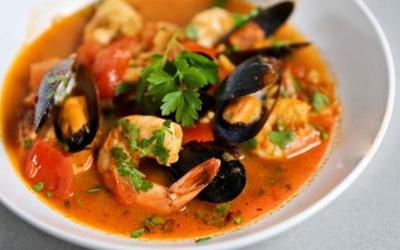

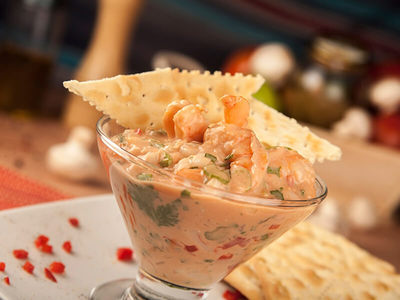
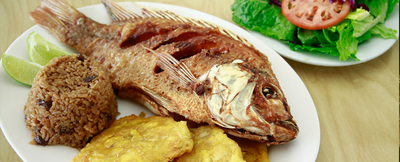
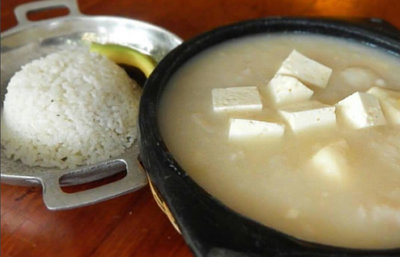
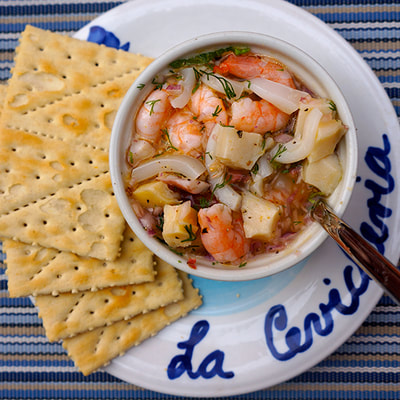
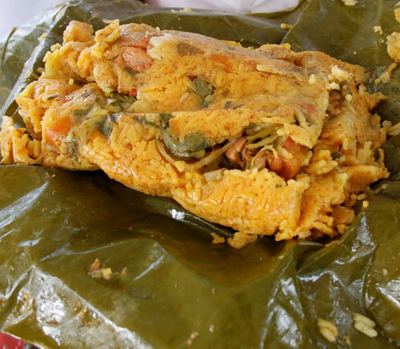
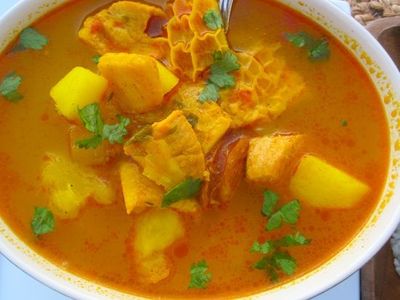
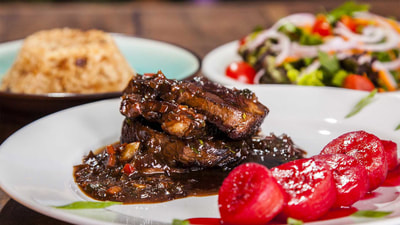
 RSS Feed
RSS Feed